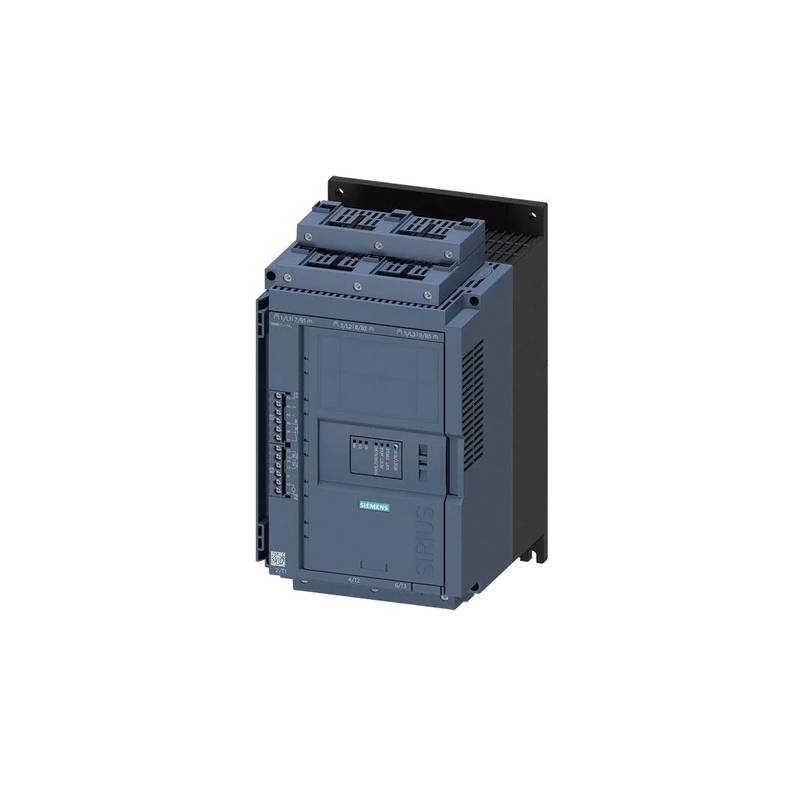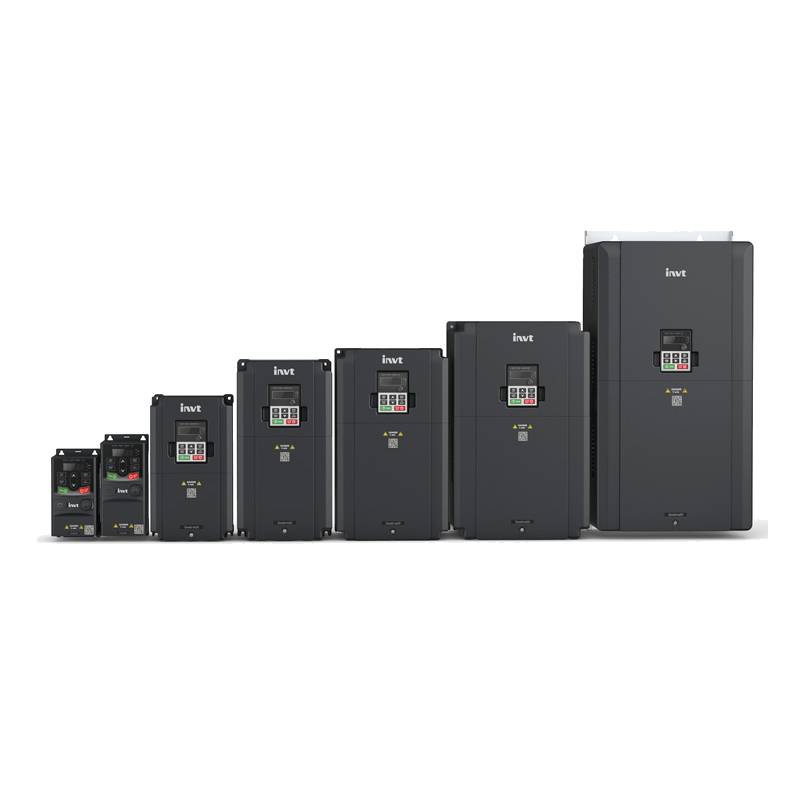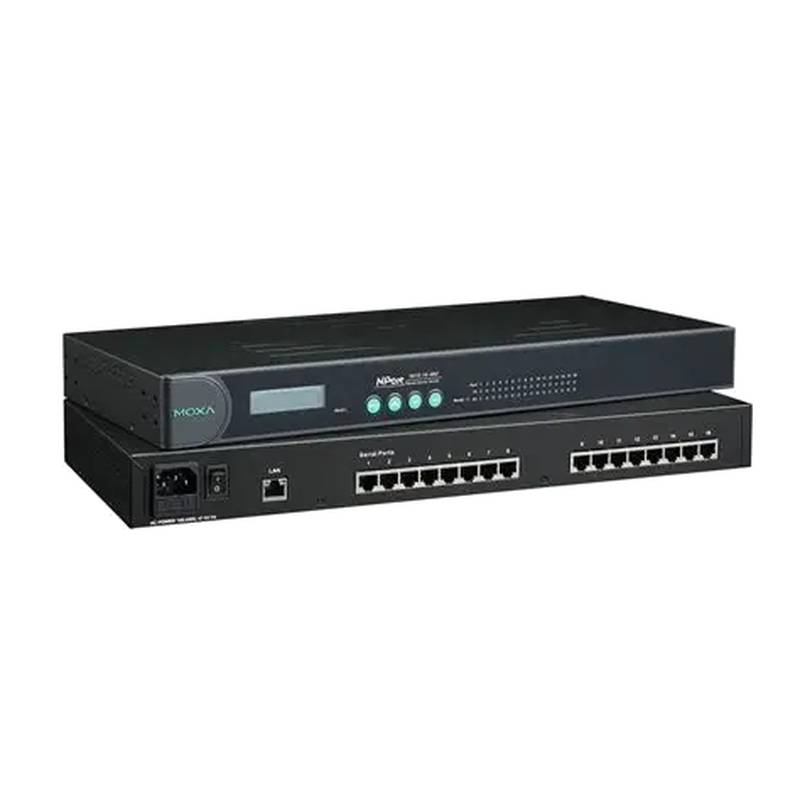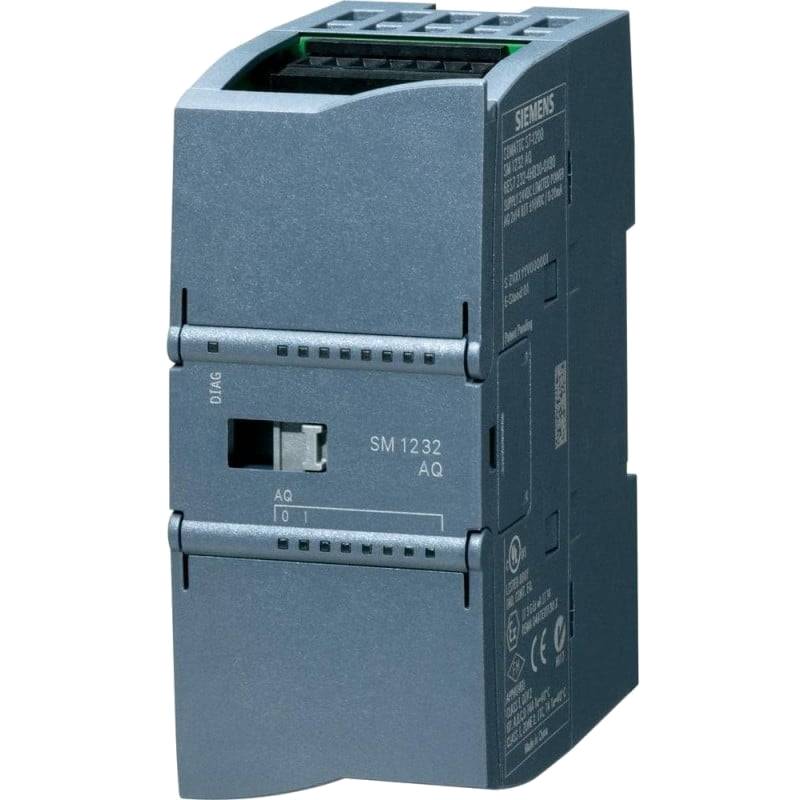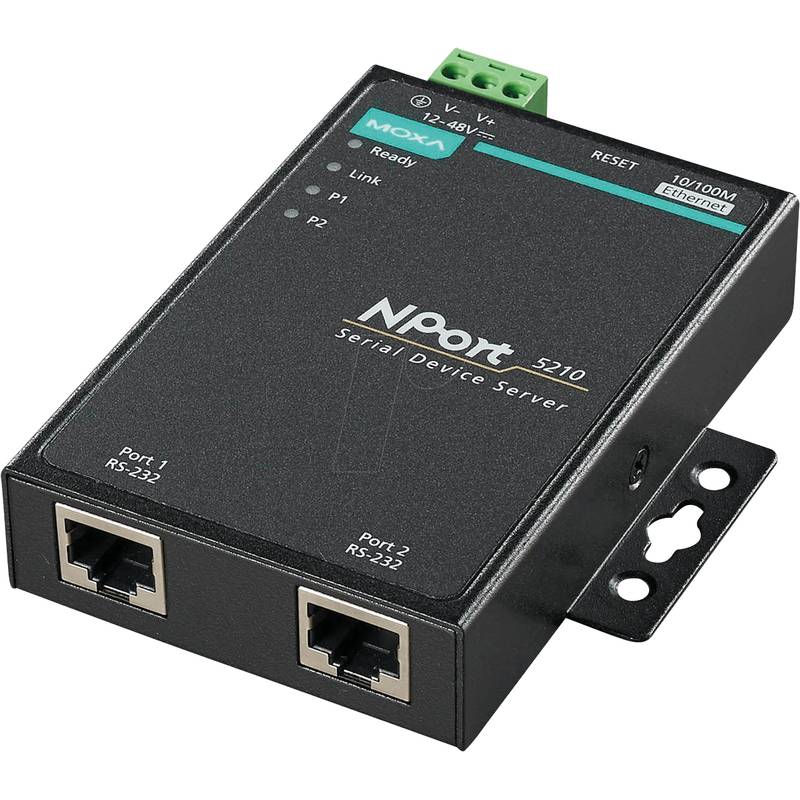
The Moxa CP-104EL-A-DB9M is a high-performance 4-port RS-232 serial board designed for robust industrial applications. This interface card offers significant advantages in terms of reliability, connectivity, and data throughput, making it a prime choice for integrating legacy serial devices into modern networks. Its core features include universal PCI support, individual port configurations, and advanced surge protection, ensuring stable operation in demanding environments. Technical parameters such as its RS-232C interface, DB9 male connectors, and support for various operating systems underscore its versatility.
Product Specifications
| Feature | Specification |
| :------------------ | :------------------------------------------ |
| Interface Type | RS-232C |
| Connectors | 4 x DB9 Male |
| Bus Type | Universal PCI (3.3V/5V) |
| Data Bits | 5, 6, 7, 8 |
| Stop Bits | 1, 1.5, 2 |
| Parity | None, Even, Odd, Space, Mark |
| Flow Control | RTS/CTS, XON/XOFF, None |
| Baudrate | 50 bps to 115.2 kbps |
| I/O Address | Assigned by BIOS/OS |
| IRQ | Assigned by BIOS/OS |
| Operating Temperature | 0 to 55 °C (32 to 131 °F) |
| Storage Temperature | -20 to 85 °C (-4 to 185 °F) |
| Humidity | 5 to 95% RH (non-condensing) |
| Power Consumption | 400 mA @ 5V |
| Dimensions | 121 x 100 mm (4.76 x 3.94 in) |
| Compliance | FCC, CE, UL |
Core Features & Market Positioning
The Moxa CP-104EL-A-DB9M distinguishes itself through its robust hardware design and extensive software support. Its universal PCI interface ensures compatibility with a wide range of industrial PCs, offering flexibility for both new installations and upgrades. The inclusion of advanced surge protection on each port guards against electrical transients, a critical factor in industrial settings prone to power fluctuations, thereby minimizing downtime and extending the lifespan of connected equipment. This focus on reliability and broad compatibility positions the CP-104EL-A-DB9M as a superior choice for applications demanding consistent serial communication performance, differentiating it from consumer-grade alternatives. Moxa's reputation for producing durable industrial automation solutions further solidifies its market standing.
Key Application Scenarios
This 4-port RS-232 board is ideally suited for various industrial automation and control systems. It excels in connecting multiple serial devices like barcode scanners, printers, industrial sensors, and legacy control panels to a central host system. Common scenarios include manufacturing automation, where it can manage communication between Programmable Logic Controllers (PLCs) and Supervisory Control and Data Acquisition (SCADA) systems. In building automation, it facilitates integration of HVAC controls, security systems, and access control devices. Furthermore, it's essential for point-of-sale (POS) systems, laboratory equipment, and network management applications requiring stable, multi-port serial connectivity.
Practical System Integration Guidance
Integrating the Moxa CP-104EL-A-DB9M into an existing system is straightforward. First, physically install the card into an available universal PCI slot on the host computer. Ensure the system is powered off before installation. Upon system boot-up, the operating system (Windows, Linux, or others supported by Moxa drivers) will detect the new hardware. The installation of Moxa's proprietary drivers, available from their official website, is crucial for optimal performance and full feature access. These drivers provide virtual COM ports, allowing applications to communicate with the serial devices as if they were directly connected to native COM ports. Proper driver selection based on the OS version is paramount for successful operation.
Operation and Risk Mitigation
The CP-104EL-A-DB9M operates by providing standard RS-232 communication channels. Users must configure each port's parameters (baud rate, data bits, parity, stop bits, flow control) to match the requirements of the connected peripheral device. Incorrect configuration is a primary cause of communication failure. It is advisable to consult the documentation of the connected serial devices for their specific settings. Regular checks of cable integrity and physical connections can prevent intermittent issues. In environments with significant electrical noise or grounding issues, ensuring proper system grounding and considering additional EMI shielding for cables can mitigate communication errors and potential hardware damage.
Scalability & Long-Term Value
The Moxa CP-104EL-A-DB9M offers excellent long-term value due to its robust design and Moxa's commitment to ongoing driver support for various operating systems. Its universal PCI interface provides a degree of future-proofing, as it is compatible with both older 5V and newer 3.3V PCI systems. For expanding serial port requirements, multiple CP-104EL-A-DB9M boards can be installed in a single system, provided the motherboard and power supply can accommodate the additional load. This scalability ensures that as an industrial facility grows or its connectivity needs evolve, the serial infrastructure can expand without requiring a complete overhaul of the host hardware, supporting integration into IIoT architectures and digital transformation initiatives.
Frequently Asked Questions (FAQs)
1. What operating systems are compatible with the Moxa CP-104EL-A-DB9M?
Moxa provides dedicated drivers for a wide range of operating systems, ensuring broad compatibility. This includes various versions of Microsoft Windows, such as Windows 10, Windows Server, and older versions. Linux distributions are also extensively supported, offering flexibility for different industrial environments.
The availability of drivers for different OS versions ensures that the CP-104EL-A-DB9M can be integrated into existing or new computing platforms. Users should always download the latest driver version from the official Moxa website.
Ensuring the correct driver is installed for your specific operating system is critical for the board to function correctly and utilize all its advanced features.
2. How do I configure the RS-232 port settings for my device?
Serial port settings like baud rate, data bits, parity, and stop bits must match your connected device's configuration. You can typically configure these settings within the device manager in your operating system.
Access the properties of the COM port associated with the CP-104EL-A-DB9M in your OS. Here, you will find options to adjust parameters such as baud rate, data bits, parity, and stop bits.
Referencing the technical manual or configuration interface of the serial device you are connecting is essential to determine the correct settings. Incorrect configurations are the most common cause of communication failures.
3. What is the maximum baud rate supported by the CP-104EL-A-DB9M?
The Moxa CP-104EL-A-DB9M supports high data transfer rates to accommodate demanding applications. It is capable of achieving baud rates of up to 115.2 kbps.
This maximum baud rate allows for rapid data exchange between the host system and connected serial devices, which is crucial for applications requiring real-time data acquisition or high-throughput communication.
When configuring, ensure both the serial board and the connected device are set to the same baud rate. Higher baud rates can sometimes be more susceptible to noise over longer cable runs.
4. Can I use the CP-104EL-A-DB9M in both 3.3V and 5V PCI slots?
Yes, the CP-104EL-A-DB9M features a universal PCI connector. This design ensures compatibility with both older 5V PCI slots and newer 3.3V PCI slots.
The universal PCI interface provides flexibility for integration into a wider array of industrial PCs, regardless of their PCI bus voltage standard. This makes it a versatile choice for system upgrades or diverse hardware deployments.
This compatibility reduces the need for specialized hardware or adapters, simplifying the installation process and ensuring the board can be deployed across various machine generations.
5. What is the significance of the DB9 male connectors on this serial board?
The board uses standard DB9 male connectors, which are widely adopted for RS-232 communication. These connectors are physically robust and commonly found on industrial serial devices.
This standardization ensures easy and direct connection to a vast range of serial peripherals, including modems, switches, routers, printers, and various industrial automation equipment.
The male gender of the connector means that standard serial cables with female connectors will be required to establish the connection between the board and the device.
6. How does the surge protection feature benefit industrial environments?
The integrated surge protection on each port safeguards the serial board and connected devices from voltage spikes and electrical transients. This is crucial in industrial settings where power quality can be inconsistent.
By absorbing or diverting excess voltage, surge protection minimizes the risk of hardware damage, data corruption, and communication interruptions. This leads to increased system reliability and reduced maintenance costs.
This feature is a key differentiator for industrial-grade serial boards, offering enhanced durability and peace of mind in environments prone to electrical interference or power fluctuations.
7. What are the physical dimensions of the Moxa CP-104EL-A-DB9M?
The Moxa CP-104EL-A-DB9M is designed in a standard form factor for PCI expansion cards. Its dimensions are 121 x 100 mm.
This standard size ensures that the board will fit into most typical PCI slots found in industrial PCs and embedded systems. The compact design also allows for installation in systems with limited internal space.
Its dimensions are important for system integrators to verify chassis and motherboard clearance before purchase, ensuring a smooth physical installation process.
8. How does the board handle flow control?
The CP-104EL-A-DB9M supports multiple flow control methods to manage data transmission effectively. This includes hardware flow control (RTS/CTS) and software flow control (XON/XOFF).
Hardware flow control is generally preferred for higher speeds and reliability as it uses dedicated signal lines. Software flow control is useful when only data lines are available for communication.
Properly configuring flow control prevents data loss by signaling when the receiving buffer is full, ensuring that data is sent only when the receiving device is ready to accept it.
9. Can I install multiple CP-104EL-A-DB9M boards in one PC?
Yes, you can install multiple CP-104EL-A-DB9M boards in a single PC, provided the motherboard has sufficient available PCI slots and the system's power supply can handle the additional load. Each board will provide an additional four RS-232 ports.
Moxa drivers are designed to manage multiple cards simultaneously, assigning unique COM port numbers to each port across all installed boards. This allows for a significant expansion of serial connectivity from a single host computer.
When installing multiple cards, ensure adequate airflow within the chassis to manage heat dissipation, as multiple active PCI devices can increase the internal temperature.
10. What is the power consumption of this serial board?
The Moxa CP-104EL-A-DB9M has a moderate power requirement for its operation. It consumes approximately 400 mA when operating at 5V.
This relatively low power consumption ensures that it will not place an excessive burden on most industrial PC power supplies, even when multiple cards are installed. It contributes to overall system energy efficiency.
Understanding the power consumption is important for system designers when calculating the total power requirements for a PC build, especially in systems with numerous expansion cards and peripherals.
















